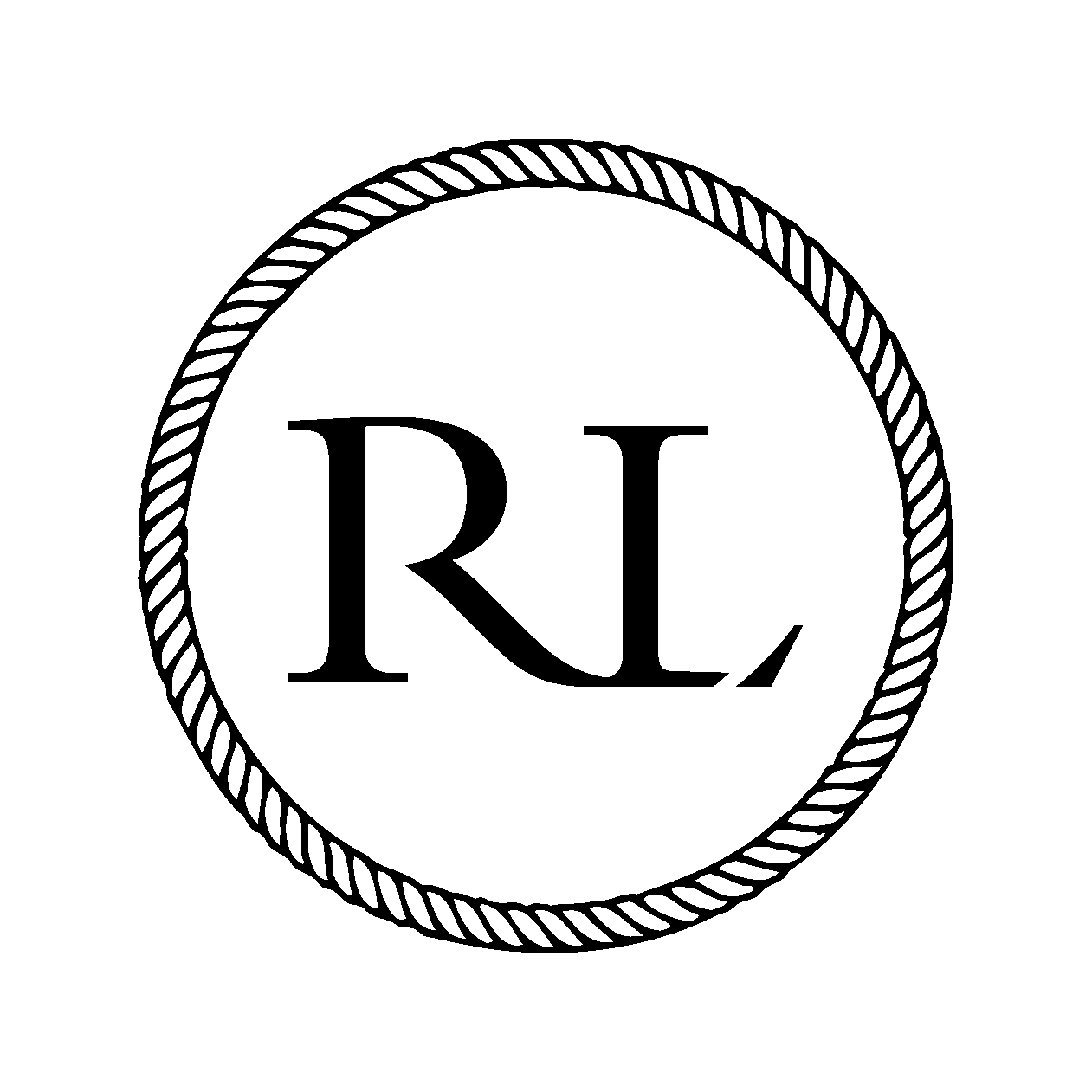What Age Can You Get A Nose Job in the UK?

A nose job or rhinoplasty is a procedure to change the shape and size of the nose. It is performed to correct the impaired breathing and nasal trauma. It can also help improve:
- Nasal asymmetry
- Nose size in relation to facial balance
- Alter the hump at the bridge of the nose
- Nostrils that are upturned, wide, or large
- Nasal tip that is hooked or upturned, dropping, enlarged or bulbous
- Position of the nostrils
If you are considering getting a nose job, you might have a question: “what age can I get a nose job in the UK?”
A nose job is suitable for people who have reached complete facial maturity. That means people whose noses have stopped developing further. Besides physical maturity, surgeons also ensure that the patient should meet the minimum age criteria. It is also very important that patients are mentally and emotionally ready to undergo surgery. This is assessed both by your rhinoplasty surgeon and also by a psychologist when needed to ensure your overall well being.
Minimum Age To Get A Nose Job
A nose job is usually a low-risk procedure that gives you an option to enhance your nose aesthetics. However, It’s recommended to wait until at least late-teens to get this procedure.
Things To Be Considered Before Getting A Nose Job
To ensure a smooth procedure, you must be well-informed about the factors determining whether you are suitable for rhinoplasty or not.
- Physical health
Patients should be in good physical health when undergoing the procedure. This will ensure the healing process goes smoothly.
Patients with the following medical conditions should consult with their surgeon first:
- Diabetes
- Bleeding disorders
- Heart conditions
- High blood pressure
- Lung disease
- Positive outlook and mental well-being
It’s important to have a positive mental and emotional attitude before the procedure. You should have realistic expectations from the result. You should also be mentally and emotionally ready for the rhinoplasty journey. Your rhinoplasty surgeon will assist in obtaining a review with a specialist psychologist when required to ensure your overall well-being is maintained and optimised.
- Stop smoking
If you smoke, your surgeon will advise you to quit it before the procedure. A study shows that patients who quit smoking four to six weeks before the procedure and do not start again for at least four weeks after the rhinoplasty can decrease the wound complications rate by 50%.
Here’s how to prepare for rhinoplasty:
Choose the best surgeon for a nose job in the UK. Make sure they have a good experience and reputation in handling the complexities of the procedure.
Talk to your surgeon and ask about the procedure, cost, recovery time, aftercare and what you should expect from rhinoplasty. Your surgeon will ask you about your motivation, goals and medical history.
Your surgeon will conduct a complete physical examination, including laboratory tests. The surgeon will also consider your facial features and the inside and outside of your nose.
The surgeon or someone from their team will capture photographs of your nose from various angles. Then, they manipulate the photos using computer software to show you what kinds of results are possible. These photos will also be used for before-and-after assessments and long-term reviews.
Things you should avoid before rhinoplasty:
- Avoid drinking alcohol a week before the procedure because it can dehydrate you and decrease your immune system strength.
- Avoid using topical creams that include Salicylic acid, BHAs (Beta hydroxy acids), and AHAs (Alpha-hydroxy acids) at least four days before the procedure.
- Discuss with your surgeon if you take any medication.
- You must not wear makeup, nail polish, jewellery, and hair products before entering the operating room.
The procedure of rhinoplasty:
The rhinoplasty procedure may take anything from an hour to four hours, depending on the complexity of the procedure and the type. Most surgeons use general anaesthesia for nose jobs in the UK. You’ll get the anaesthesia by inhaling it or through a small tube IV (Intravenous) line placed in your chest, hand, or neck. General anaesthesia makes you unconscious during the procedure.
The precise nature of the operation depends on the type of rhinoplasty and the area of the nose that is being treated.
- Reduction rhinoplasty
If you want to reduce the size of your nose, reduction rhinoplasty will help you.
- Open rhinoplasty
Your surgeon will make incisions across the skin between nostrils and inside nostrils. The surgeon will remove or readjust some of the cartilage and bone to modify your nose shape. These incisions are barely visible and heal very well.
- Closed rhinoplasty
The surgeon usually makes incisions inside your nostrils. This allows the surgeon to reach the cartilage and bone of your nose. Generally, it takes less time and leads to less swelling than open rhinoplasty.
The skin will need to be lifted off your nasal cartilages and bones in both open and closed rhinoplasty. And it will take time to redrape over the new shape.
- Augmentation rhinoplasty
It is used to enlarge the nose size. Depending on the procedure, the surgeon may use an open or closed rhinoplasty technique. They may take some extra cartilage from your ear, nose or rib to build up your nose; this is called a graft. The surgeon will usually close the cuts with dissolving stitches inside your nose so that you won’t need to remove them.
If your surgeon stitches outside your nose, he or she will take them out about a week after the procedure.
With augmentation rhinoplasty, you can increase the tip or bridge of the nose. Your surgeon will change the contour of a flat bridge or tip by using additional bone or cartilage.
Here is the procedure based on different requirements:
- Changing the nose width
To reduce your nose width or to make it narrow, your surgeon will surgically break the bone and reposition it.
- Changing the nose tip
Your surgeon may use open or closed rhinoplasty to modify your nose tip. The surgeon will remove or reshape the cartilage that makes up the support under your nose tip.
- Changing the ridge of the nose
To modify the ridge of the nose, your surgeon will remove the cartilage and bone causing the hump.
A patient can even undergo revision rhinoplasty if he or she wants more desired results. Revision rhinoplasty is usually done to correct the deformities caused by the initial procedure. However, revision rhinoplasty is more complex than the previous procedure, so it’s best to choose a highly experienced and skilled surgeon.
Does A Nose Job Hurt?
Nose jobs are usually not painful. Most patients rate their nose job pain between 0 and 4 out of 10 after one day of the procedure.
You may experience congestion in the nose because of swelling or splints (placed inside your nose to help maintain the new shape) for a few days. Your surgeon will advise you to raise your head higher than your chest while sleeping.
You may experience slight bleeding and drainage of mucus for a few days after removing the dressing. The surgeon may place a drip pad under your nose to absorb drainage.
Here are some tips to reduce the chances of swelling and bleeding:
- Avoid exercise completely for two weeks. You can resume your normal exercise after four weeks of the procedure.
- Don’t blow your nose.
- Avoid excessive chewing.
- Brush your teeth gently to lower the upper lip movement.
- Pull clothes over your head carefully.
- Eat high-fiber food (a balanced healthy diet), like fruits and vegetables.
- Use SPF 30 sunscreen, especially on your nose, once the nasal dressing has been removed. This will protect your nose from harsh sun exposure that may cause permanent irregular discoloration.
- Don’t rest your eyeglasses on your nose to prevent pressure on your nose. You can tape your eyeglasses to your forehead until your nose heals completely.
After the procedure, some temporary swelling can occur for two to three weeks. Nose swelling may take longer to resolve.
A nose job usually takes 12 months to recover fully. However, it may take a longer time in patients having revision rhinoplasty.
Does The Shape And Size of Your Nose Change As You Grow?
As you grow, your nose, composed of soft tissue/skin, bone, and cartilage, changes shape. With time, the skin and structures of the nose lose strength, and the nose sags downward and stretches out.
The glands within the nose skin, particularly in the tip area, may enlarge; as a result, your nose appears wider. Once you reach late-teens or adulthood, the nose stops growing.
However, the nose undergoes many anatomical or structural changes in adulthood, such as:
- The nose tip droops.
- Nose skin loses elasticity.
- Inside cartilage of the nose softens and weakens.
- The cartilage of the nose sometimes becomes brittle-like bone.
These changes may cause the face to appear less attractive and balanced. Rhinoplasty can help you correct the overall structure of the nose.
Book your appointment now with our experts!
Since your nose is one of the most special features of your face, you should choose the best surgeon for your nose job in the UK. To achieve desired and long-lasting results, contact our experts. Whether you want to get rhinoplasty for cosmetic or medical reasons, we will help you. We have a wealth of experience in dealing with the complexities of the procedure and giving patients effective and desired appearance.
